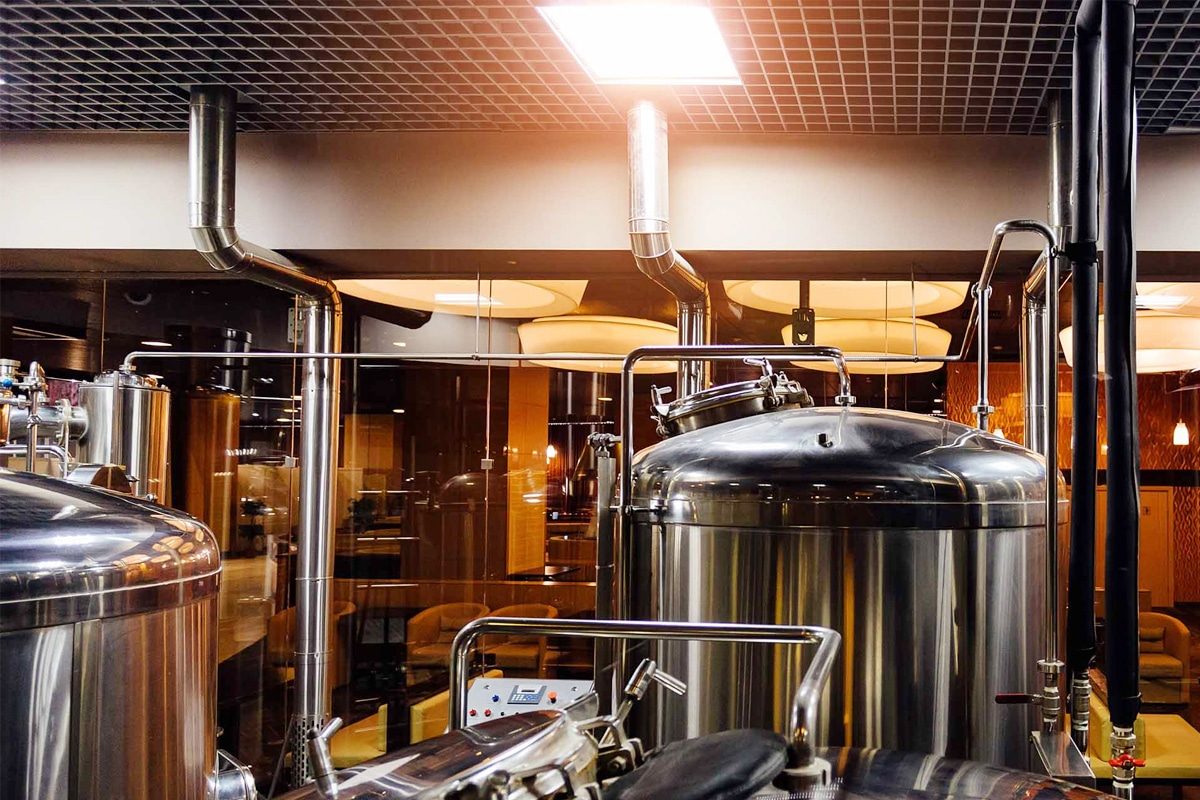
How Much Does It Cost To Start A Brewery?
Embarking on the journey of starting a brewery is like setting sail on a voyage of passion, creativity, and entrepreneurship. In an age where the craft beer movement is booming, the appeal of brewing unique beers and sharing them with the world has never been greater. Yet amid the excitement comes a key consideration: the financial investment required to turn this dream into a reality.
Understanding the costs involved in starting a brewery can help enable aspiring brewers to chart a path to success. From securing a site and overcoming regulatory hurdles to purchasing equipment and building a brand, every aspect requires careful financial planning. In this article, we’ll delve into the intricacies of brewery startup costs, providing insights and guidance to help aspiring brewers navigate this exciting but challenging journey with confidence.
Complete Guide
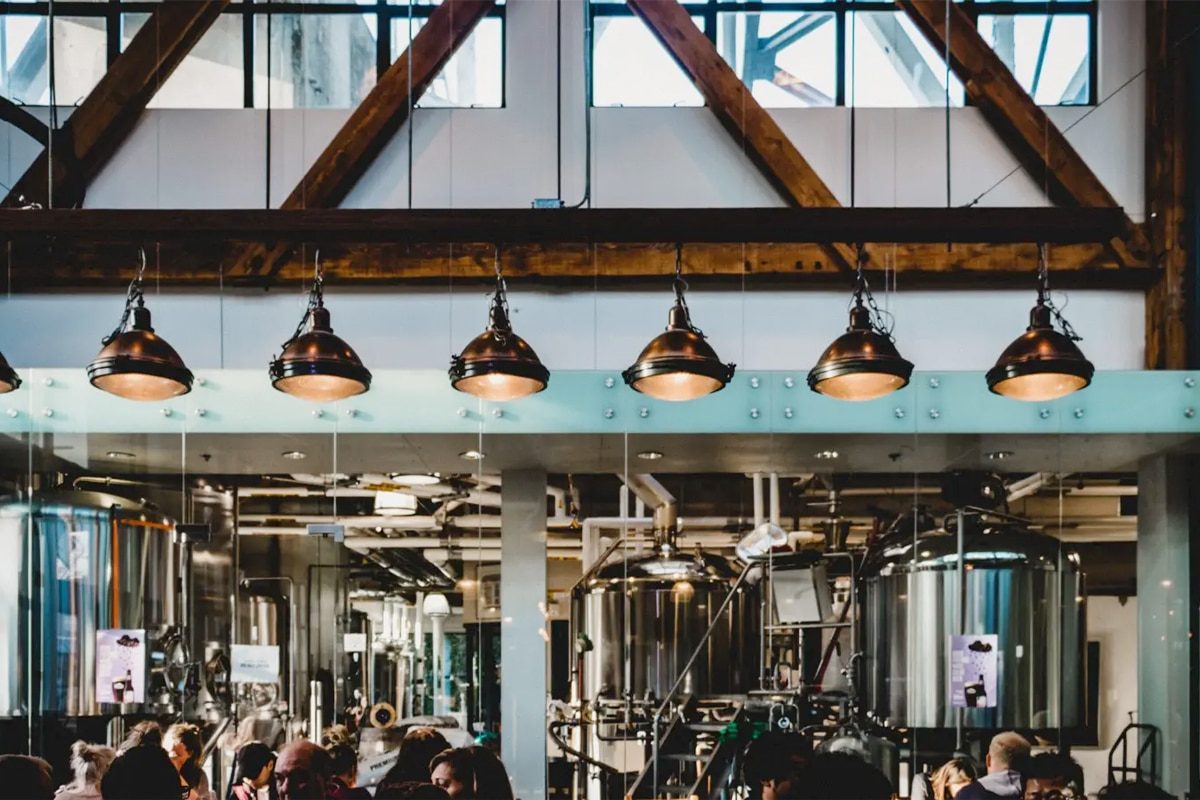
Planning and Research
Before diving headfirst into the world of brewery ownership, careful planning and thorough research are important steps in laying the foundation for success. This stage involves carefully evaluating every aspect of the brewery launch process, from understanding your target market to drafting a comprehensive business plan.
Determine your niche
- Think about what sets your brewery apart from others on the market.
- Explore different beer styles, themes, and concepts that fit your vision.
- Research consumer preferences and trends to identify potential gaps in the market.
- Define your target audience and tailor your products to meet their needs and preferences.
Market survey
- Conduct in-depth market research to understand the competitive landscape.
- Analyze existing breweries in your target area, including their products, pricing, and branding.
- Identify potential opportunities and challenges in the market.
- Gather insights on consumer preferences, demographics, and purchasing behavior.
Draft a business plan
- Outline your brewery’s mission, vision, and core values.
- Define your business goals, target markets, and competitive advantages.
- Develop detailed marketing and sales strategies, including pricing and distribution channels.
- Estimate startup costs and projected revenue streams.
- Develop a timeline for launching your brewery and achieving key milestones.
- Consider seeking guidance from an industry expert or mentor to refine your business plan.
Location analysis
- Evaluate potential brewery locations based on factors such as foot traffic, accessibility, and demographics.
- Research each location’s zoning regulations, permitting requirements, and other legal considerations.
- Consider real estate costs, lease agreements, and renovation expenses.
- Evaluate the potential impact of location on branding, marketing, and customer experience.
Financial Plan
- Determine your startup budget and allocate funds for various expenses, including equipment, licenses, and marketing.
- Explore financing options such as loans, investors, or crowdfunding to secure the necessary capital.
- Create financial forecasts to estimate revenue, expenses, and profitability for the first few years of operations.
- Have a contingency plan for unexpected expenses or revenue fluctuations.
By investing time and resources in thorough planning and research, you can reduce risk, identify opportunities, and lay the foundation for a successful brewery startup. This stage of the process sets the stage for subsequent steps like obtaining financing, purchasing equipment, and realizing your brewing dreams.
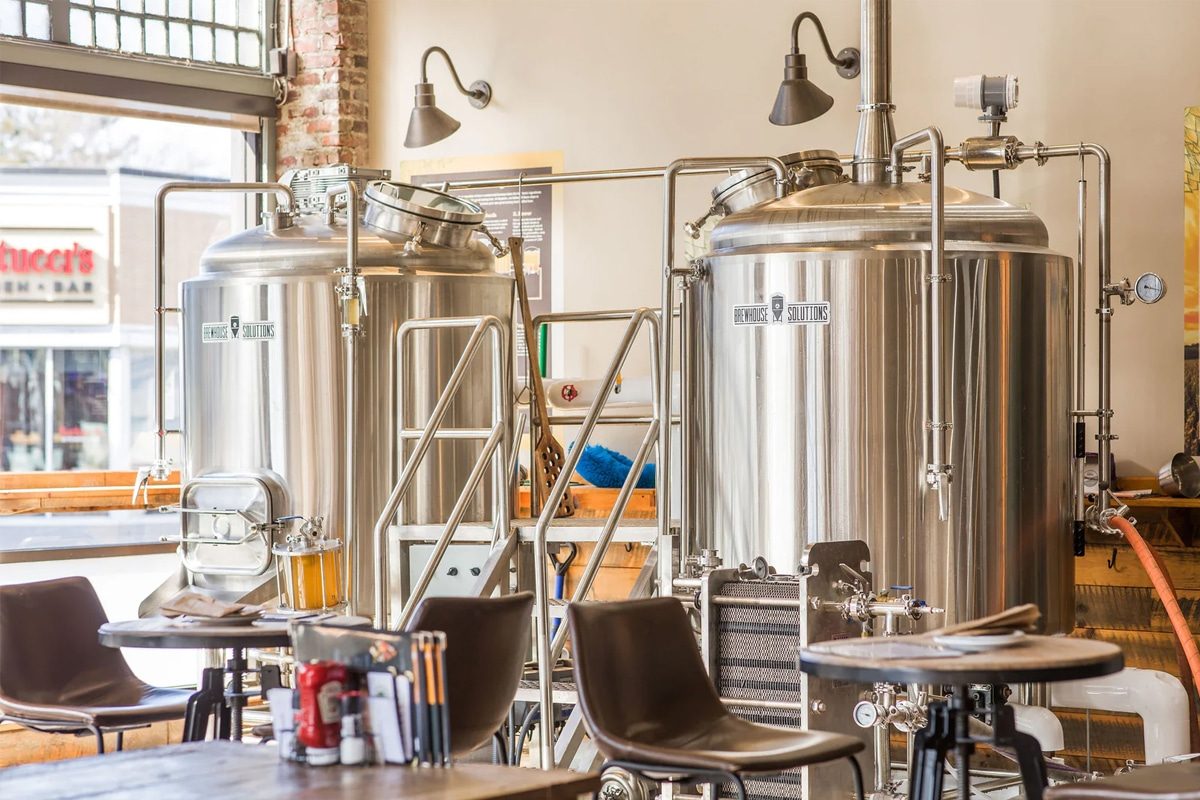
Brewery Equipment
Brewery equipment is the backbone of your operation, directly impacting the quality, efficiency, and scale of your production. From kettles and fermenters to bottling lines and refrigeration systems, every piece of equipment plays a vital role in getting beer from grain to glass. Let’s dive into the details of brewery equipment and associated costs:
Necessary brewing equipment
- Mash Tuns and Brew Kettles: These vessels are used for mashing, lautering, boiling, and whirlpooling the wort. The size and configuration of these vessels depend on the batch size and brewing process.
- Fermentation Tanks: Fermentation tanks come in a variety of shapes and sizes, from traditional cylindrical-conical fermenters (CCF) to open fermenters. Stainless steel fermenters are the most common choice due to their durability and ease of cleaning.
- Bright Tanks: Also known as conditioning tanks or serving tanks, bright tanks are used for carbonation, conditioning, and storage of finished beer before packaging.
- Heat Exchanger: This equipment is essential for quickly cooling the wort after boiling, preventing odors and bacterial contamination.
- Boiler: Provides steam for heating the brewing process and maintaining the temperature of the mash and wort.
Packaging equipment
- Bottling Line: A bottling line is necessary for breweries that distribute packaged beer. This may include bottle washers, filling machines, capping machines, labeling machines, and packaging equipment.
- Kegging Equipment: For breweries focused on draft beer distribution, kegging equipment is essential. This includes kegs, filling machines, and cleaning equipment.
- Canning Machines: For a brewery offering canning, investing in canning machines is necessary.
Quality control and laboratory equipment
- Microscope and pH Meter: Essential for yeast analysis and monitoring fermentation parameters.
- Spectrophotometer: Used to measure color and analyze beer samples for consistency and quality.
- LaboratoryRefrigerator: Used to store yeast cultures and beer samples at controlled temperatures.
Costs and considerations
- New and Used Equipment: While new equipment comes with reliability and a warranty, used equipment can offer significant cost savings. Carefully evaluate the condition and reliability of used equipment before purchasing.
- Production Scale: The size of the brewery and expected production will determine the size and capacity of the equipment required. Larger breweries require more equipment, which comes with higher upfront costs.
- Customizations and Upgrades: Consider any customizations or upgrades needed to meet your specific brewing needs. These may include automation, efficiency, or additional features for specialized processes.
- Installation and Maintenance: Consider installation costs, including plumbing, electrical work, and any necessary modifications to the brewery space. Also, budget for ongoing maintenance and repairs to keep your equipment in top condition.
Investing in quality brewery equipment can help create a solid foundation for your brewery’s success. While the initial cost may seem daunting, properly maintained equipment can lead to long-term efficiency and reliability. By carefully evaluating your brewing needs and considering factors such as batch size, packaging preferences, and quality control requirements, you can make informed decisions that fit your budget and production goals.
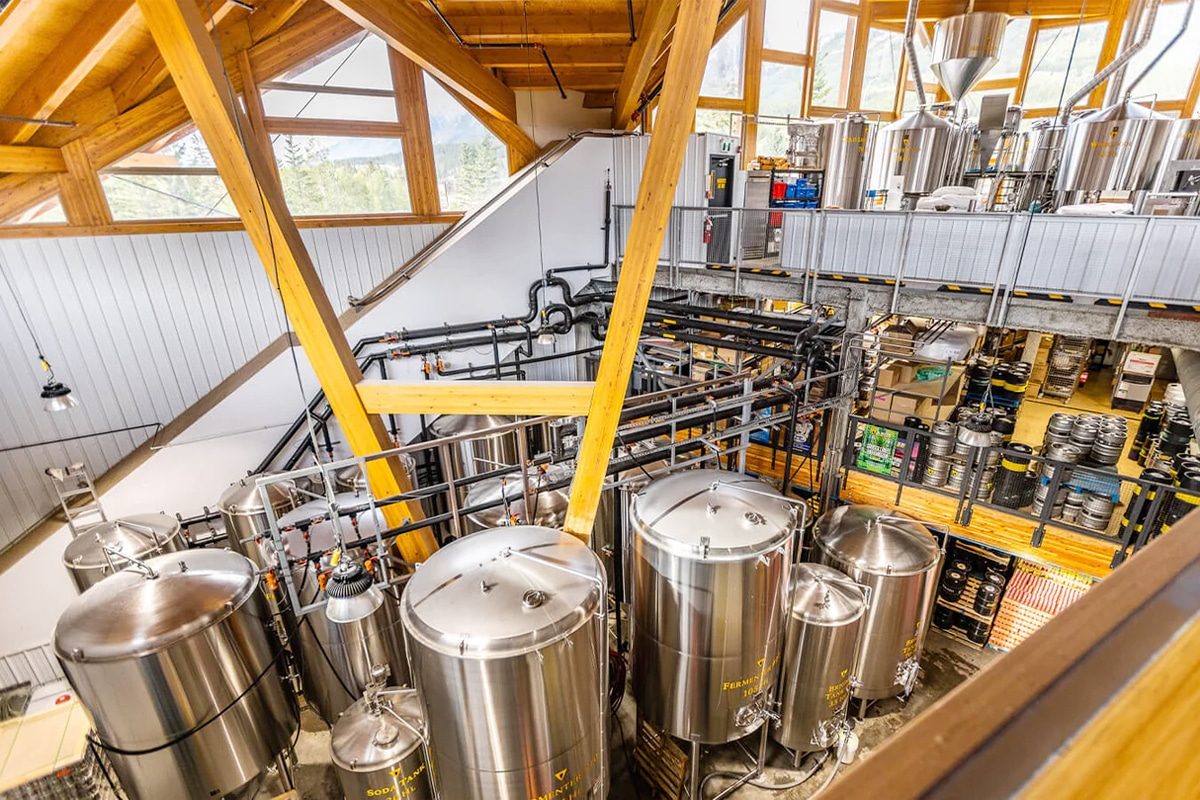
Location and Facility
Choosing the right location for your brewery is a critical decision that can significantly impact your success. From the layout of the facility to its accessibility and visibility, every aspect plays a crucial role in shaping the customer experience and operational efficiency. Let’s delve into the various factors and costs associated with selecting a location and establishing your brewery facility:
Location Selection
The first step in setting up your brewery is finding the perfect location. Consider the following factors:
- Demographics: Analyze the demographics of the area to ensure it aligns with your target market. Consider factors such as population density, income levels, and consumer preferences.
- Accessibility: Choose a location that is easily accessible to customers, suppliers, and employees. Proximity to major roads, public transportation, and parking facilities can enhance convenience and attract foot traffic.
- Zoning Regulations: Research local zoning laws and regulations to ensure compliance with brewery operations. Some areas may have specific zoning requirements for breweries, including restrictions on hours of operation and outdoor seating.
- Competition: Evaluate the presence of existing breweries in the area and assess the level of competition. While some competition can indicate a thriving market, too many breweries nearby may lead to saturation.
Facility Considerations
Once you’ve identified a suitable location, it’s time to focus on the facility itself. Consider the following aspects:
- Size and Layout: Determine the size of the facility based on your production scale and future growth projections. Consider factors such as brewing equipment, storage space, taproom area, and administrative offices. Optimize the layout for workflow efficiency and customer flow.
- BuildingCondition: Assess the condition of the building and any necessary renovations or repairs. Consider factors such as structural integrity, electrical and plumbing systems, ventilation, and insulation. Budget for any upgrades or improvements needed to bring the facility up to code.
- Lease andPurchase: Decide whether to lease or purchase the property. Leasing offers flexibility but may involve higher monthly costs, while purchasing provides long-term stability but requires a larger upfront investment.
- Amenities: Consider amenities such as outdoor seating areas, event spaces, and food service options to enhance the customer experience. Factor in the costs of furnishing and outfitting the facility to meet your needs.
Costs and Budgeting
Estimating the costs associated with securing a location and establishing your brewery facility is essential for financial planning. Consider the following expenses:
- Lease or Purchase Costs: Include expenses such as security deposits, lease payments, down payments, or mortgage costs.
- Renovations and Upgrades: Budget for renovations, remodeling, or upgrades needed to prepare the facility for brewery operations.
- Permitting and Regulatory costs: Factor in costs associated with obtaining permits, licenses, and approvals from local authorities.
- Utilities and Infrastructure: Estimate ongoing expenses for utilities such as water, electricity, gas, and waste management.
- Insurance: Budget for insurance coverage to protect your brewery against risks such as property damage, liability claims, and equipment breakdowns.
Selecting the right location and establishing a suitable facility are crucial steps in the process of starting a brewery. By carefully considering factors such as demographics, accessibility, competition, and facility requirements, you can set the stage for brewing success. Be sure to conduct thorough research, assess costs, and budget accordingly to ensure a smooth transition from planning to production. In the next sections, we’ll explore additional costs associated with licensing, equipment, raw materials, and marketing, providing a comprehensive overview of the expenses involved in starting a brewery.
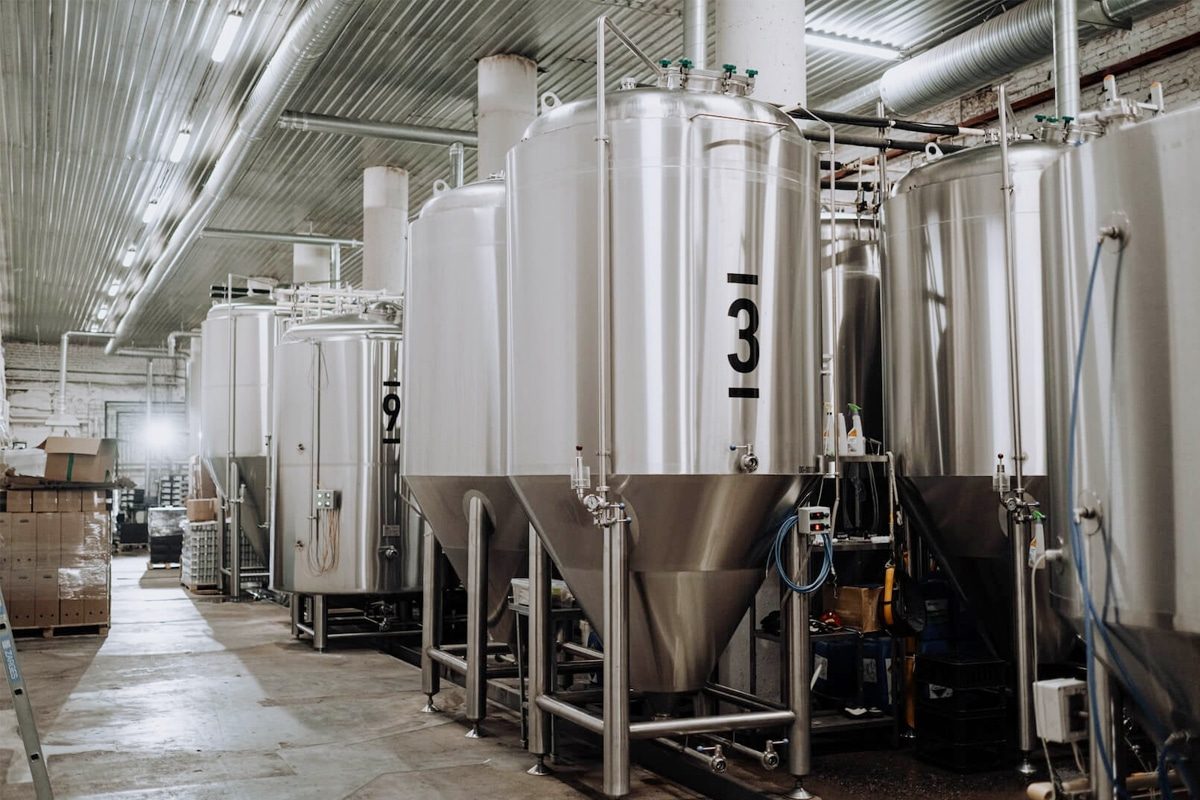
Licenses and Permits
Securing the necessary licenses and permits is a critical step in starting a brewery, ensuring compliance with local, state, and federal regulations. Failure to obtain the appropriate permits can result in costly fines and legal repercussions. Let’s explore the various licenses and permits required to operate a brewery and the associated costs:
Federal Licenses
- Brewer’s Notice (TTB): The Alcohol and Tobacco Tax and Trade Bureau (TTB) issues the Brewer’s Notice, allowing you to legally produce beer. The application fee for a Brewer’s Notice ranges from $1,000 to $4,000, depending on production volume.
- Basic Permit (TTB): If you plan to sell your beer across state lines or engage in wholesale distribution, you’ll need a Basic Permit from the TTB. The cost for a Basic Permit varies based on your business structure and production volume.
State Licenses
- Brewery License: Most states require a brewery-specific license to operate. The cost of a brewery license varies widely from state to state and depends on production volume and other factors.
- Sales and Distribution Permits: If you intend to sell beer directly to consumers or distribute it to retailers, you’ll need additional permits from your state regulatory agency. Costs for sales and distribution permits vary by state and license type.
Local Permits
- Zoning Permits: Before opening your brewery, you’ll need to ensure compliance with local zoning regulations. Costs for zoning permits vary depending on location and may include application fees and inspections.
- Health Department Permits: Health department permits are necessary to ensure compliance with food safety and sanitation regulations. Costs for health department permits vary by jurisdiction and may require periodic inspections.
Other Regulatory Requirements
- Federal Excise Tax: Breweries are subject to federal excise tax on beer production. The tax rate varies based on production volume and beer type.
- State and Local Taxes: Breweries may be subject to additional state and local taxes, including sales tax and excise tax. Consult with a tax professional to understand your tax obligations.
Compliance and Reporting
- Recordkeeping: Breweries must maintain accurate records of production, sales, and distribution activities. Implementing a robust recordkeeping system helps ensure compliance with regulatory requirements.
- Reporting Obligations: Breweries are required to submit periodic reports to regulatory agencies, including production reports and tax filings. Failure to comply with reporting obligations can result in penalties and fines.
Navigating the regulatory landscape of licensing and permits is a crucial aspect of starting a brewery. While the costs associated with obtaining permits can vary depending on location and business size, budgeting for these expenses is essential for a smooth and legally compliant startup process. By understanding the regulatory requirements and fulfilling all necessary obligations, you can lay a solid foundation for the success of your brewery venture.

Ingredients and Supplies
The success of any brewery hinges on the quality of its ingredients and supplies. From the finest malt to the freshest hops, each component contributes to the flavor, aroma, and character of the final brew. Let’s explore the essential ingredients and supplies needed to craft exceptional beers and the associated costs:
Malt
- Base Malts: Base malts form the foundation of beer recipes, providing fermentable sugars and color. Costs for base malts vary depending on variety, quantity, and supplier.
- Specialty Malts: Specialty malts add complexity and depth to beer recipes, offering a range of flavors and colors. Specialty malts may cost more than base malts due to their unique characteristics.
Hops
- Bittering Hops: Bittering hops contribute bitterness to balance the sweetness of malt in beer. Costs for bittering hops depend on variety, alpha acid content, and quantity.
- Aroma and Flavor Hops: Aroma and flavor hops impart floral, citrus, or herbal notes to the beer. Prices for aroma and flavor hops vary based on variety and availability.
Yeast
- Brewing Yeast: Brewing yeast plays a crucial role in fermentation, converting sugars into alcohol and carbon dioxide. Costs for brewing yeast depend on strain, viability, and packaging size.
Water
- Brewing Water: Water quality significantly impacts beer flavor and clarity. Costs for brewing water may include filtration or treatment expenses.
Other Ingredients
- Adjuncts: Adjuncts such as fruits, spices, and herbs can enhance beer flavor and complexity. Costs for adjuncts vary depending on the type and quantity used.
- Brewing Salts and Minerals: Brewing salts and minerals are used to adjust water chemistry and pH levels. Costs for brewing salts and minerals are relatively low compared to other ingredients.
Packaging Supplies
- Bottles and Caps: Bottles and caps are essential for packaging beer for retail sale. Costs for bottles and caps depend on size, style, and quantity.
- Kegs and Couplers: Kegs and couplers are necessary for serving beer on draft in bars and restaurants. Costs for kegs and couplers vary based on size, material, and supplier.
Cleaning and Sanitization Supplies
- Cleaning Agents: Cleaning agents are essential for maintaining brewery equipment and ensuring sanitation. Costs for cleaning agents depend on type, quantity, and effectiveness.
- Sanitizers: Sanitizers are used to eliminate bacteria and yeast from brewing equipment and packaging materials. Costs for sanitizers vary depending on concentration and application method.
Investing in high-quality ingredients and supplies is essential for crafting exceptional beers that delight consumers. While the costs associated with ingredients and supplies may vary depending on factors such as recipe complexity and production volume, allocating a sufficient budget for these essentials ensures consistency and quality in every batch. By sourcing the finest ingredients and maintaining strict quality control standards, breweries can differentiate themselves in a competitive market and build a loyal customer base. In the following sections, we’ll explore additional expenses related to marketing, distribution, and operational costs, providing aspiring brewers with a comprehensive understanding of the financial aspects of starting a brewery.
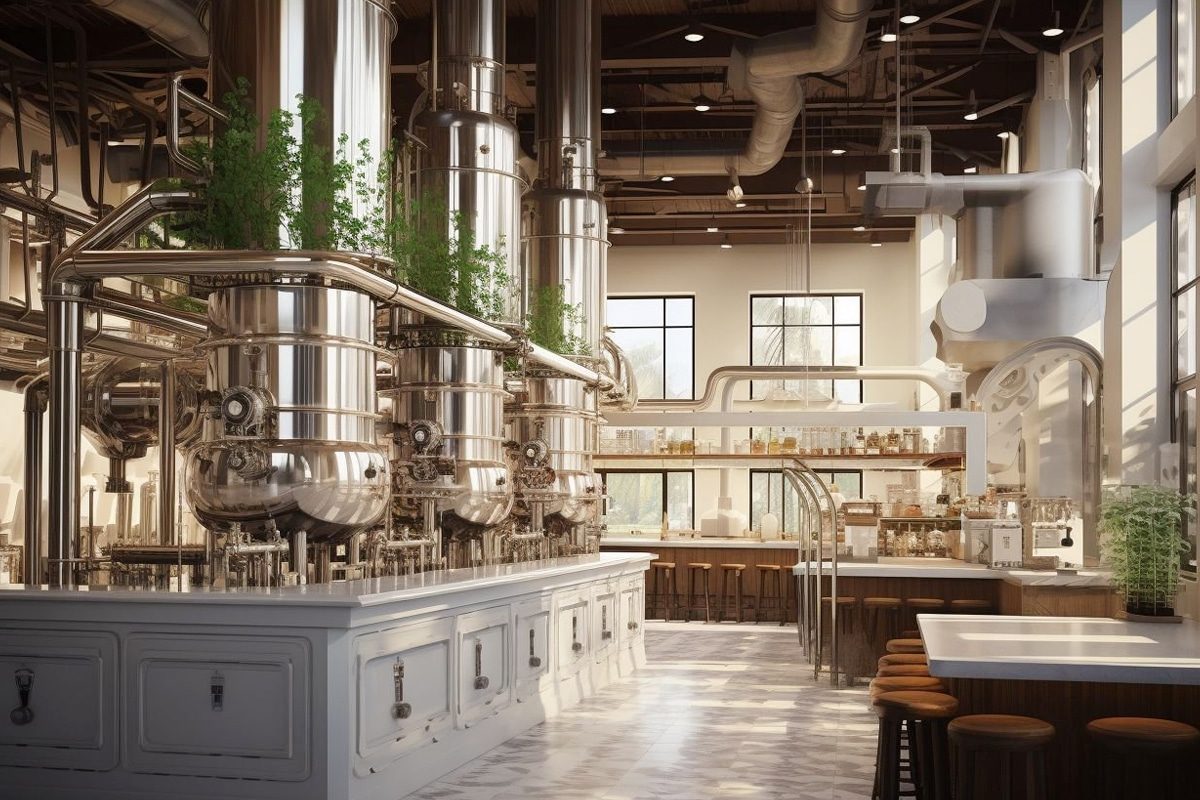
Marketing and Branding
In a crowded and competitive market, effective marketing and branding are essential for standing out and attracting customers to your brewery. From creating a memorable brand identity to reaching your target audience through strategic marketing efforts, every aspect plays a crucial role in the success of your brewery. Let’s delve into the comprehensive world of marketing and branding for breweries:
Brand Identity
- Logo Design: Your brewery’s logo is the cornerstone of your brand identity. Invest in professional logo design that reflects your brewery’s personality and values.
- Brand Story: Craft a compelling narrative that communicates the story behind your brewery. Highlight your unique selling points, brewing philosophy, and commitment to quality.
- Branding Consistency: Ensure consistency in branding across all touchpoints, including packaging, signage, and online presence. Consistent branding builds trust and recognition among consumers.
Packaging and Labeling
- Packaging Design: Design eye-catching packaging that stands out on the shelves. Consider the size, shape, and material of packaging options, such as bottles, cans, or kegs.
- Labeling Regulations: Familiarize yourself with labeling regulations and requirements for alcoholic beverages. Ensure compliance with mandatory labeling information, including alcohol content, ingredients, and health warnings.
Online Presence
- Brewery Website: Create a professional website that serves as the online hub for your brewery. Include essential information such as beer offerings, taproom hours, and contact details.
- Social Media: Leverage social media platforms to engage with your audience and promote your brewery. Share behind-the-scenes content, upcoming events, and customer testimonials to build a loyal following.
- Email Marketing: Build an email list of customers and fans to stay in touch and promote special offers and events. Personalize email campaigns to target specific customer segments and encourage repeat business.
Events and Promotions
- Taproom Events: Host regular events in your taproom, such as tastings, brewery tours, and live music nights. Events create a sense of community and attract new customers to your brewery.
- Collaborations: Partner with other local businesses, breweries, or organizations for collaborative events and promotions. Collaborations can expand your reach and introduce your brewery to new audiences.
Public Relations
- Media Outreach: Build relationships with local media outlets, bloggers, and influencers to generate publicity for your brewery. Pitch story ideas, press releases, and event invitations to garner media coverage.
- Awards and Recognition: Participate in beer competitions and seek industry awards and recognition for your brews. Awards validate the quality of your beer and provide valuable marketing opportunities.
Community Engagement
- Sponsorships and Donations: Support local causes and events through sponsorships, donations, and community involvement. Community engagement fosters goodwill and strengthens your brewery’s reputation.
Marketing and branding are integral components of building a successful brewery that resonates with consumers and fosters brand loyalty. By investing in a strong brand identity, strategic marketing efforts, and meaningful community engagement, you can differentiate your brewery in a competitive market and establish a loyal customer base.
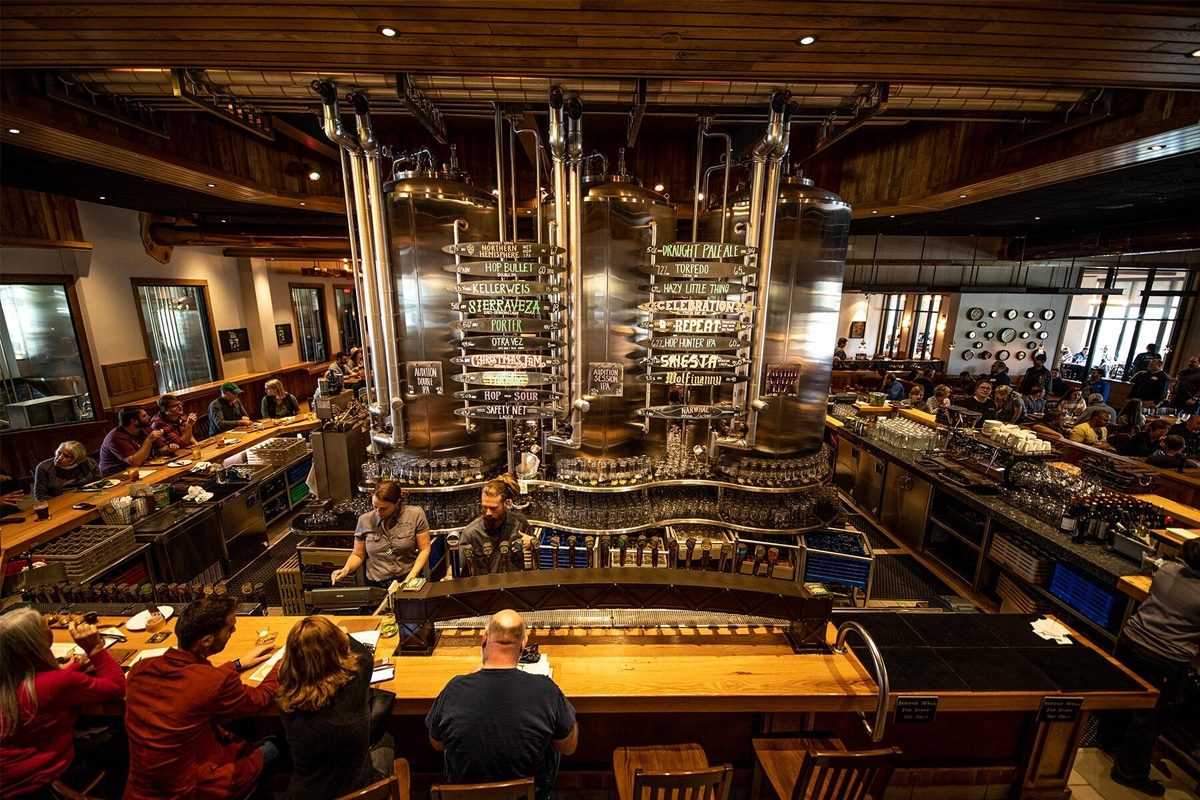
Staffing and Overhead
Behind every successful brewery is a dedicated team of individuals who bring passion, expertise, and hard work to the brewing process. From brewers and cellar workers to sales representatives and administrative staff, staffing is a crucial aspect of brewery operations.
Brewery Staff
- Head Brewer: The head brewer oversees all aspects of brewing operations, including recipe development, production, and quality control. Salary for a head brewer varies based on experience and location but typically ranges from $40,000 to $100,000 per year.
- Assistant Brewers/Cellar Workers: Assist the head brewer in daily brewing tasks, including brewing, fermentation management, and cleaning. Salary for assistant brewers varies but typically ranges from $25,000 to $50,000 per year.
- Packaging and Labelling Staff: Responsible for packaging finished beer into kegs, bottles, or cans and applying labels. Salary for packaging staff varies based on experience and responsibilities.
Sales and Marketing
- Sales Representatives: Develop and maintain relationships with distributors, retailers, and customers to promote sales. Salary for sales representatives varies based on experience and performance, typically ranging from $30,000 to $70,000 per year.
- Marketing Coordinator: Develop marketing strategies, manage social media accounts, and coordinate promotional events. The salary for a marketing coordinator ranges from $35,000 to $60,000 per year.
Administrative Staff
- Office Manager/Administrative Assistant: Manage administrative tasks such as bookkeeping, payroll, and customer inquiries. Salary for administrative staff varies based on experience and responsibilities.
Benefits and Insurance
- Health Insurance: Offer health insurance benefits to full-time employees to attract and retain talent. Costs vary based on plan coverage and the number of employees enrolled.
- Retirement Plans: Consider offering retirement plans such as 401(k) or IRA options to employees. Employer contributions may be required, adding to overhead costs.
Training and Development
- Brewery Training Programs: Invest in training programs to ensure staff members are knowledgeable and skilled in brewing techniques and safety protocols. Costs for training programs vary based on the provider and the duration of the program.
- Continuing Education: Encourage staff members to pursue continuing education opportunities to stay updated on industry trends and innovations. Budget for costs associated with workshops, conferences, and certifications.
Utilities and Overhead Expenses
- Rent or Mortgage Payments: Factor in the cost of renting or purchasing the brewery facility. Rent or mortgage payments are a significant portion of overhead expenses.
- Utilities: Budget for utilities such as electricity, water, gas, and waste disposal. Costs vary based on the size of the brewery and production volume.
- Insurance: Obtain insurance coverage for property, liability, workers’ compensation, and product liability. Insurance premiums contribute to overhead expenses.
- Equipment Maintenance: Regular maintenance and repair of brewing equipment are essential to ensure operational efficiency and safety. Budget for ongoing maintenance costs.
Building a skilled and motivated team is essential for the success of your brewery. While staffing and overhead costs may seem significant, investing in talented individuals and ensuring operational efficiency are crucial for long-term sustainability. By carefully budgeting for staffing, benefits, training, and overhead expenses, you can create a supportive work environment and position your brewery for success in the competitive craft beer market.
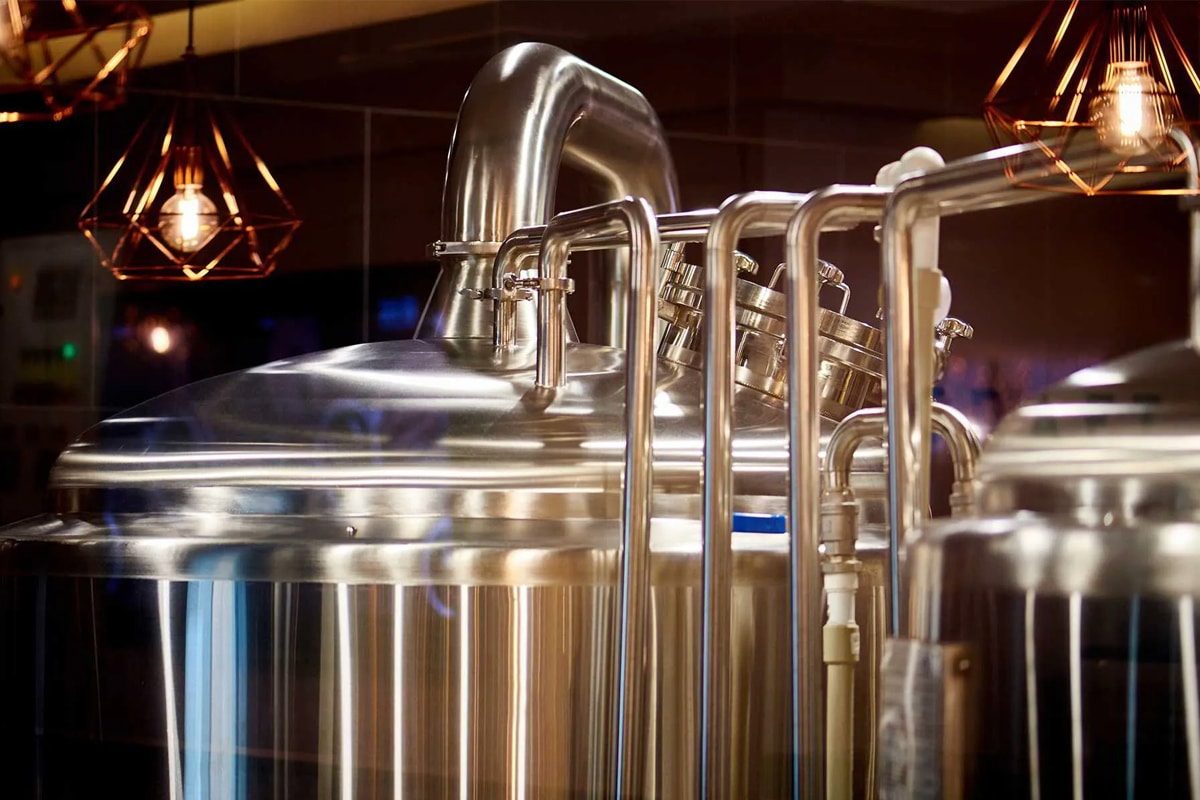
Utilities and Operational Expenses
Operating a brewery requires more than just brewing great beer; it entails managing a multitude of utilities and operational expenses to ensure smooth and efficient production. From energy consumption to waste management, understanding and budgeting for these ongoing costs are crucial for the sustainability of your brewery. Let’s delve into the comprehensive world of utilities and operational expenses:
Energy Consumption
- Electricity: Brewing equipment, lighting, and climate control systems contribute to electricity consumption. Costs vary based on the size of the brewery and production volume.
- Gas: Gas is used for heating purposes in brewing processes such as boiling wort and heating water. Costs depend on the type of gas used and the efficiency of heating systems.
- Water: Water is a critical ingredient in brewing and is also used for cleaning and sanitation. Monitor water usage and invest in water-saving measures to reduce costs.
Waste Management
- Waste Disposal: Brewery operations generate various types of waste, including spent grains, wastewater, and packaging materials. Budget for waste disposal services or explore recycling and composting options to minimize costs.
- Environmental Compliance: Ensure compliance with environmental regulations related to waste management and disposal. Costs may include permits, monitoring, and reporting requirements.
Cleaning and Sanitization
- Cleaning Chemicals: Invest in cleaning chemicals and sanitization products to maintain hygiene in brewing equipment and facilities. Budget for regular purchases of cleaning supplies.
- Labor Costs: Factor in labor costs associated with cleaning and sanitization tasks performed by brewery staff. Proper cleaning and sanitization are essential for producing high-quality beer and preventing contamination.
Maintenance and Repairs
- Brewing Equipment: Regular maintenance and repairs are necessary to keep brewing equipment in optimal condition. Budget for ongoing maintenance costs and occasional repairs.
- Facility Maintenance: Maintain the brewery facility, including plumbing, HVAC systems, and structural components. Address any issues promptly to prevent costly repairs in the future.
Insurance
- Property Insurance: Protect brewery assets, including buildings, equipment, and inventory, with property insurance. Premiums depend on factors such as coverage limits, location, and risk assessment.
- Liability Insurance: Obtain liability insurance to protect against claims arising from accidents, injuries, or product-related issues. Costs vary based on coverage options and the size of the brewery.
Regulatory Compliance
- Licensing and Permits: Budget for renewal fees and compliance costs associated with federal, state, and local licenses and permits. Ensure timely submission of required reports and documentation to regulatory agencies.
- Health and Safety: Implement health and safety protocols to comply with regulations and prevent workplace accidents. Costs may include training, signage, and safety equipment.
Managing utilities and operational expenses is an ongoing challenge for brewery owners, but it’s essential for maintaining efficient operations and ensuring the quality of your beer. By understanding and budgeting for these costs, you can minimize waste, optimize resource utilization, and streamline brewery operations.
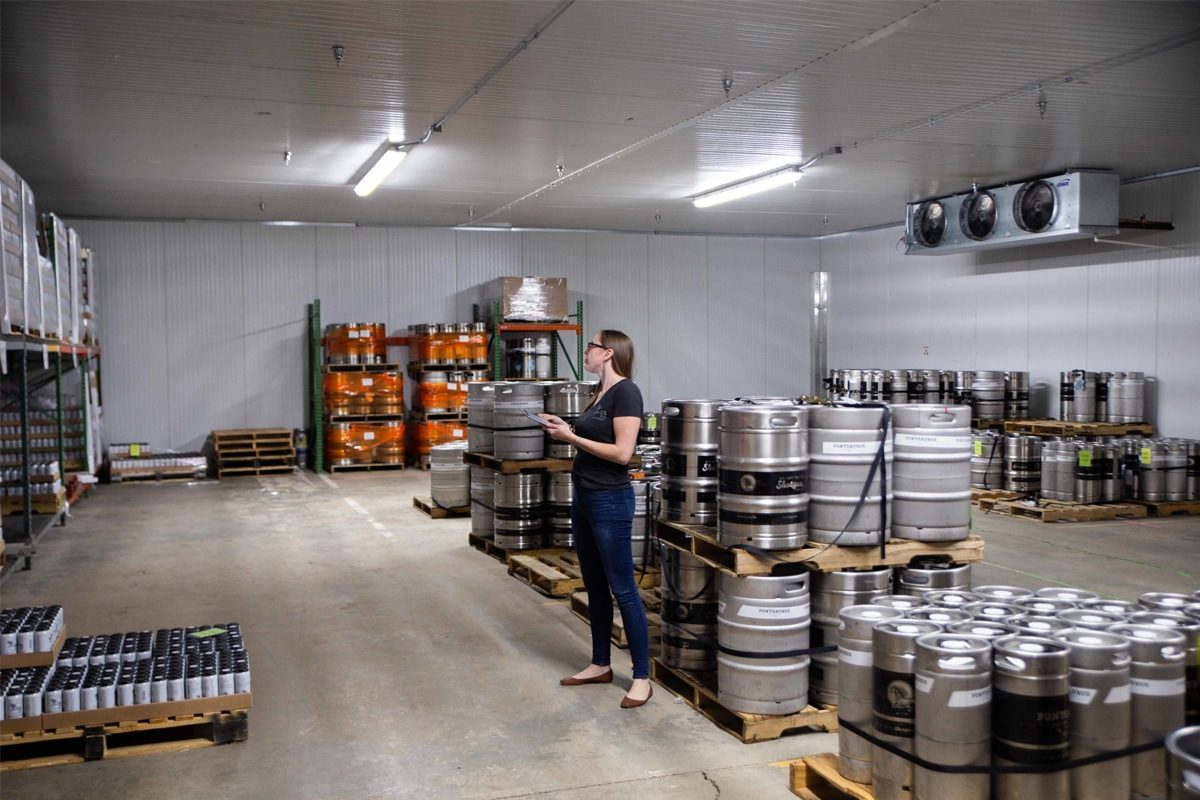
Distribution and Sales
Once you’ve crafted exceptional brews, the next step is getting them into the hands of eager customers. Distribution and sales are critical components of brewery operations, requiring careful planning, execution, and investment. Let’s explore the comprehensive world of distribution and sales for breweries:
Distribution Channels
- Self-Distribution: Some breweries opt to self-distribute their beer directly to retailers, bars, and restaurants. While this offers more control over distribution, it requires investment in delivery vehicles, storage facilities, and personnel.
- Third-Party Distributors: Partnering with third-party distributors allows breweries to reach a broader market and focus on brewing. Distributors handle logistics, sales, and delivery in exchange for a percentage of sales revenue.
Sales Channels
- On-Premises Sales: Taproom sales directly to consumers offer higher profit margins and the opportunity to build brand loyalty. Invest in creating a welcoming taproom environment and promoting events to attract customers.
- Off-Premises Sales: Selling beer through retail outlets such as liquor stores, grocery stores, and convenience stores. Packaging options (e.g., bottles, cans, kegs) and branding play a significant role in off-premises sales.
Marketing and Promotion
- Brand Awareness: Invest in marketing efforts to build brand awareness and promote your brewery’s unique offerings. Utilize social media, events, and collaborations to engage with consumers and generate buzz.
- Tastings and Events: Host tastings, brewery tours, and events to showcase your beers and attract new customers. Participate in beer festivals and community events to reach a broader audience.
Sales Representatives
- Sales Team: Employ sales representatives to establish and maintain relationships with retailers and distributors. Sales reps play a crucial role in driving sales and securing placements for your beer.
Packaging and Branding
- Labeling and Packaging: Invest in attractive and informative packaging to stand out on retail shelves. Label design, printing, and packaging materials contribute to overall costs.
- Brand Identity: Consistent branding across packaging, marketing materials, and merchandise helps reinforce brand identity and consumer recognition. Invest in branding initiatives to differentiate your brewery in a crowded market.
Logistics and Transportation
- Shipping and Delivery: Coordinate logistics for shipping beer to distributors and retailers. Budget for transportation costs, including freight, fuel, and vehicle maintenance.
- Inventory Management: Implement inventory management systems to track stock levels and ensure timely deliveries. Efficient inventory management minimizes waste and ensures product freshness.
- Legal and Compliance: Licensing and Permits: Obtain necessary licenses and permits for distribution and sales operations. Comply with regulations governing alcohol sales, distribution, and labeling.
- Taxation: Understand and budget for taxes applicable to beer sales, including excise tax and sales tax. Ensure timely payment and compliance with tax laws to avoid penalties.
Navigating distribution and sales is a multifaceted endeavor for breweries, requiring strategic planning, execution, and investment. By leveraging a mix of distribution channels, marketing initiatives, and sales strategies, breweries can expand their reach and grow their customer base. Understanding the complexities of distribution and sales operations is essential for brewery owners seeking to thrive in the competitive craft beer market.
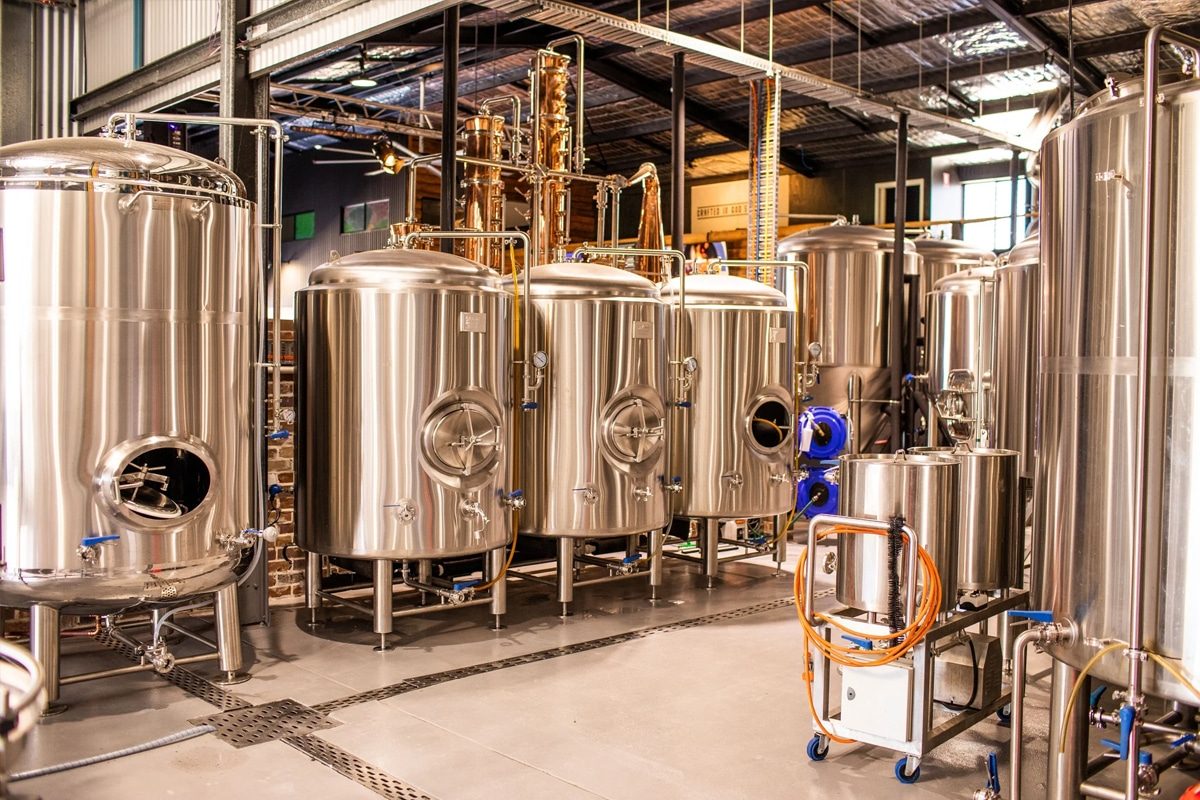
Summarize
Starting a brewery requires a thorough understanding of the various costs involved. From initial setup expenses like equipment and facility investments to ongoing operating costs like staffing, utilities, and marketing, every aspect requires careful budgeting and planning. Regulatory compliance, distribution strategies, and branding efforts further add to financial considerations. While the upfront investment may seem daunting, a well-executed business plan, coupled with a dedication to quality and customer engagement, can lead to success in the highly competitive craft beer market. By recognizing and solving the intricacies of financial issues, aspiring brewers can embark on their entrepreneurial journey with confidence and determination.
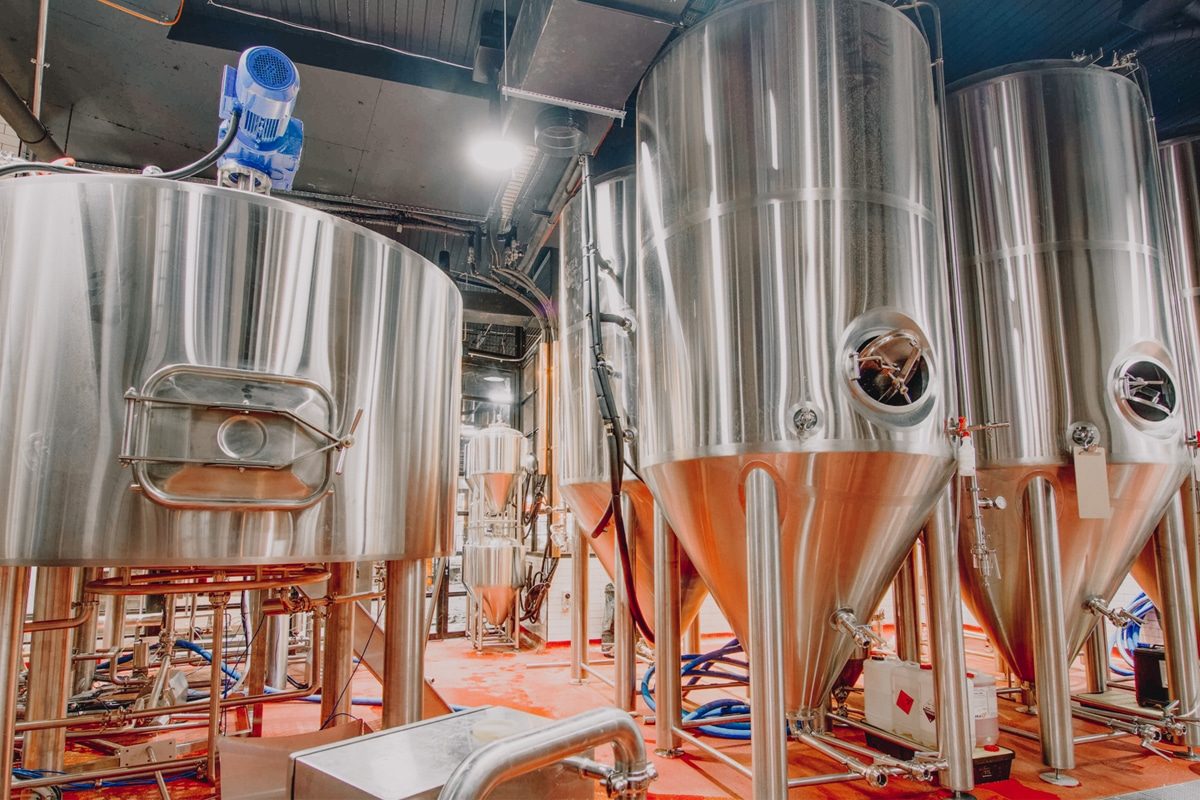
Get A Turnkey Brewery Solution
For aspiring brewery owners seeking a streamlined solution, consider partnering with ZYB Craft for turnkey brewery solutions. With us, you can simplify the startup process by accessing comprehensive brewery packages tailored to your needs. From equipment selection to facility setup and beyond, we offer expertise and support every step of the way. Contact us today to discuss your brewery vision and receive a personalized quotation for a turnkey brewery solution that fits your budget and goals.



